The Key to Succession Planning – Understand and Develop Your Team

Author: John Russell - Industrial/Organizational Psychologist with Psychometrics Canada
In a 2019 survey of Canadian organizations, the Conference Board of Canada found that workforce planning and succession management are two of the most-important HR priorities. 1 And with the amount of change we’ve experienced in the past few years, I’d argue that has not changed.
Workforce management involves forecasting current and future workforce needs, identifying and addressing skills gaps, and aligning human capital with the overall strategic goals of the organization. In a talent-based economy, the organizations that are able to strategically address their required job roles and their current and future people-needs, the more likely they are to thrive.
An important part of effective workforce management is succession planning, which includes determining an organization’s critical roles, and identifying and developing the needed talent to ensure that the organization has the capacity to thrive into the future. Two critical pieces of a successful succession planning process are: identifying high potentials, and developing their talents. 2
Identifying High Potentials
In psychology, we usually say that the best predictor of future behaviour is past behaviour. However, when looking to measure future leadership potential, we need more data than just current performance metrics, and from a variety of sources. This is because the current activities of employees are often quite different than what leadership requires. Performance appraisals can play a part; however, the trend is moving away from formal annual reviews to more frequent, informal conversations with managers about performance, progress, and expectations.
Psychometric instruments such as personality assessments, cognitive ability tests, and situational judgment tasks are powerful tools that can provide fair and objective information related to current skills and abilities, future potential, and can also help to identify performance gaps that need to be addressed.
We find that many organizations tend to identify high potentials only when a leadership role is needed to be filled, but this can lead to rushed, less effective decision making. Research shows that larger organizations often hire new leaders externally instead of looking at internal resources, assuming outside success can translate to further successes; however, it was found that CEOs generate 70% better performance in their first roles. 2
Developing High Potentials’ Talents
Just as important as identifying people with the potential to move into leadership positions, opportunities for developing talent are needed in order to allow leadership skills to be mastered. Since leadership development is a complex process, the focus on cultivating broad leadership competencies is generally preferable to just focusing on specific job preparation. Byron Hanson’s Leadership Development Interface offers a whole-system framework for understanding the interconnected nature of leadership growth. Self-reflection, practice, learning, and feedback must be aligned and supported so that leaders and organizations can be engaged and planful in developing future leaders. 2
A great place to start is by providing coaching and feedback on the psychometric assessment data gathered in the identification phase. We increase our self-awareness by recognizing and reflecting on our behaviours and skills and the impact they have on our work and our relationships at work.
Along these lines is providing coaching and mentorship opportunities with admired leaders. Having senior leaders take an interest in high potential talent can allow them to build self-confidence, be counselled in problem solving and getting things done, and offered guidance around understanding leadership derailers.
360 feedback evaluations are another measurement instrument that provide employees with performance feedback from multiple perspectives, with the goal of increasing employees’ self-awareness by identifying potential strengths and blind spots they may have.
Job rotations and stretch assignments can allow employees to try new things, develop additional skills and gain broad organizational experience. Research shows that these practices tend to make employees more satisfied, motivated, involved, and committed. 1
Finally, formal training and development initiatives that offer experiential exercises, such as role-playing, case studies, and active learning techniques can be more effective than traditional, passive educational programs. This is due to actually being able to practice new skills and behaviours, while also receiving real-time feedback throughout the process.
In essence, the foundation of a successful succession management system is understanding and developing your people, which will help your organization be prepared for the future.
About the Author
John Russell is an Industrial/Organizational Psychologist with Psychometrics Canada. He provides selection and development subject matter expertise to organizations looking to improve employee effectiveness and build diverse, high-functioning workforces. He also provides coaching and developmental feedback to various organizational leaders with the aim to increase their self-awareness and leadership impact. Whether it is coordinating large-scale selection initiatives with multi-national organizations, or ensuring client organizations make the most informed decisions, John enjoys applying psychology to business practices.
www.linkedin.com/in/johntherussell
References
1 Belcourt, M., & Podolsky, M. (2019). Strategic human resources planning (7th ed.). Nelson Education Ltd.
2 Psychometrics Canada 2020 Succession Planning Playbook
The views and opinions expressed in this blog post belong solely to the original author(s) and do not necessarily represent the views and opinions of CPHR Alberta.
The views and opinions expressed in this blog post belong solely to the original author(s) and do not necessarily represent the views and opinions of CPHR Alberta.





